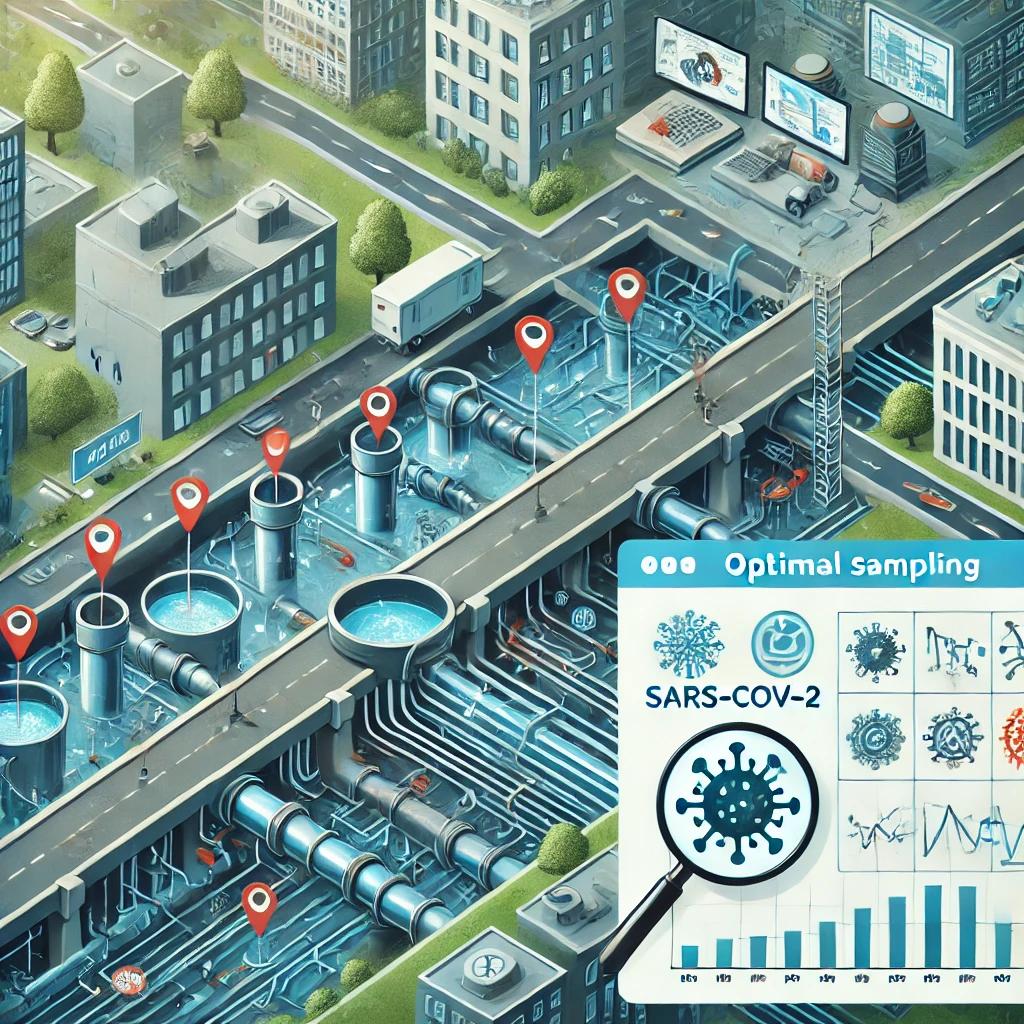Carcinogenic formaldehyde in U.S. residential buildings: Mass inventories, human health impacts, and associated healthcare costs
Highlights
Open Standards of the Health Product Declaration (HPD) enable mass estimates.
29,800 ± 5760 metric tons of formaldehyde were used to construct US homes nationwide.
In 2022, a new US residence contained an estimated 207 ± 40 g of formaldehyde.
Up to 4 years is required to safely vent formaldehyde from residential houses.
Avoidance of formaldehyde in US housing could avoid 645 ± 33 cancer cases per year.
High resolution data visualization and machine learning prediction of free chlorine residual in a green building water system
Highlights
Real-time water quality data visualizations could inform the development of water quality management approaches.
Random forest outperformed time series LSTM machine learning (ML) models to predict free chlorine residual as an outcome variable.
Models accurately predicted free chlorine residual lapses 5 min in advance and up to 24 h in advance.
ML predictions outperform conventional statistical approaches to inform building water management plans.
Protecting Consumers And The Chemical Industry: A Policy Framework For Limiting The Production Of Halogenated Hydrocarbons
Highlights
Overuse of organohalides: Toxic halogenated hydrocarbons (organohalides) are causing significant healthcare costs and environmental issues.
Economic burden: The annual healthcare costs associated with organohalides are estimated to be US$340 billion in the U.S. and €150 billion in the European Union.
Industry impact: Chemical giants have faced billion-dollar lawsuits and bankruptcies due to the harmful effects of organohalides.
Proposed solution: HERO: The proposed policy is a novel economic incentive designed to reduce the use of organohalides.
How this policy works: By placing a health premium on new carbon-halogen bonds, this policy encourages the development and use of safer, alternative chemistries.
Benefits of adopting this policy: It is a proactive, non-limiting approach that promotes green chemistry, avoids new regulations, and supports consumer needs.
Positive outcomes: This framework promises to reduce the use of toxic chemicals, minimize healthcare costs, and align with sustainable development goals.
A wastewater-based epidemiology and material investigation framework to track phthalate exposure from commonly used building materials
Highlights:
Phthalates, commonly used in building materials, pose significant health risks including reproductive abnormalities and potential carcinogenicity.
An analysis of the Health Product Declaration (HPDC) repository revealed that a substantial number of building products contain phthalates, particularly doors and windows.
Dust inhalation from phthalate-containing building materials poses a quantifiable risk to human health.
Wastewater-based epidemiology (WBE) is a viable and cost-effective method for monitoring phthalate exposure.
Safer alternatives to phthalates, such as cardanol and epoxidized soybean oil, are available and should be adopted to mitigate health risks.
Identifying optimal sampling points in wastewater networks for SARS-CoV-2 to inform efficient monitoring efforts and public health decision-making
Highlights:
Effective wastewater-based surveillance: This study demonstrates the importance of wastewater-based epidemiology (WBE) for monitoring SARS-CoV-2 in communities.
Optimal sampling point selection: By using the Storm Water Management Model (SWMM), the study identified the most effective locations for sampling wastewater to detect the virus.
Targeted sampling for improved results: Targeted sampling based on population density and key infrastructure points was found to be more efficient than random sampling.
Integration of relevant data: The study successfully integrated data on wastewater flow rates, population density, and land use patterns to inform sampling point selection.
Enhanced public health decision-making: The optimized sampling strategy can provide valuable data to inform public health interventions and decision-making regarding the COVID-19 pandemic.
Cost-effective and non-invasive monitoring: Wastewater-based surveillance offers a cost-effective and non-invasive alternative to traditional testing methods.





